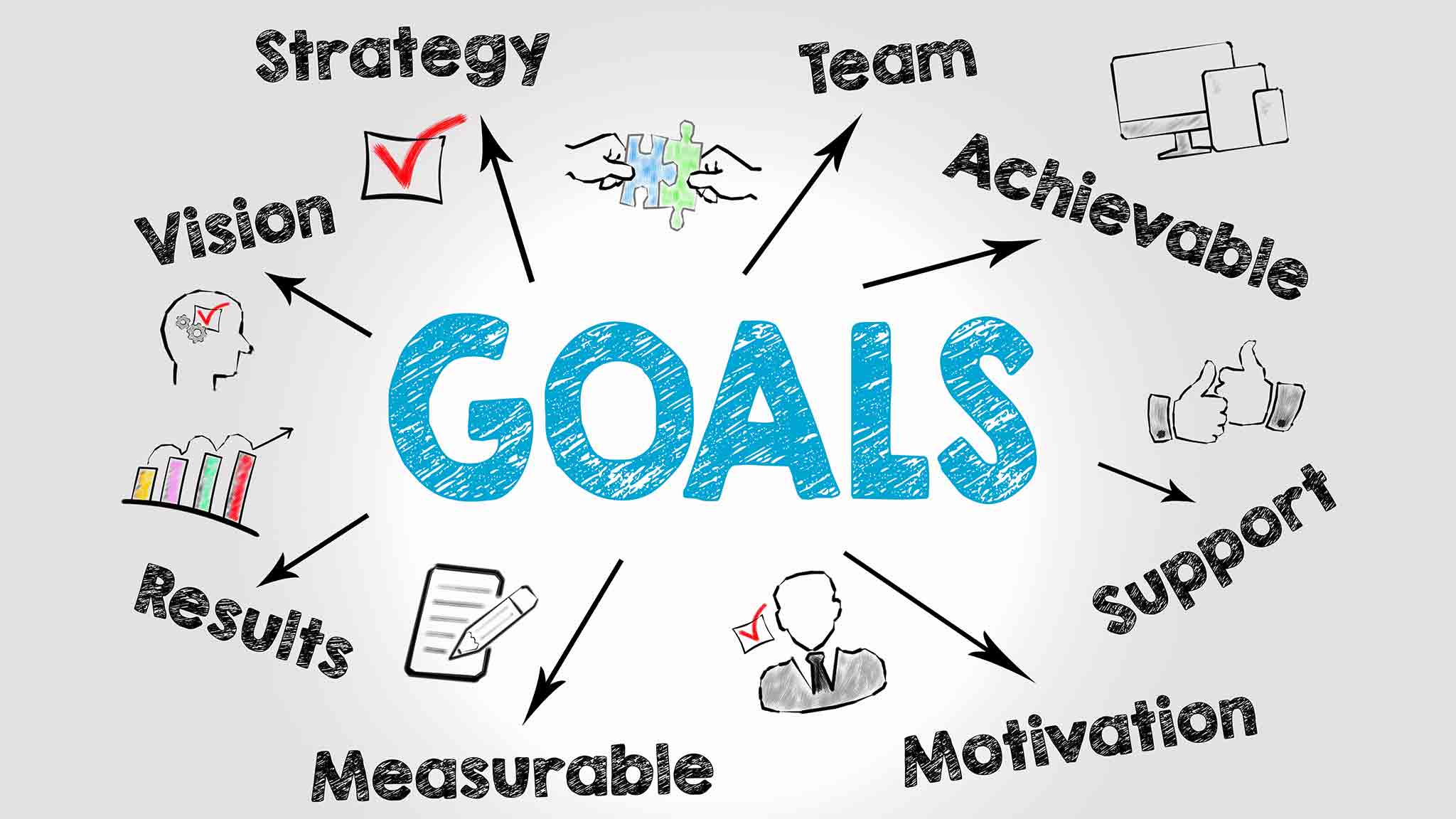
Planning and Achieving a Successful Knowledge Transfer
There comes a time in the lifecycle of every organization when a knowledge transfer is necessary. Perhaps a senior engineer is leaving and you want to hang on to their institutional knowledge. In order to make sure that vital information stays within the company and is available for relevant employees to access, it is important to implement an effective knowledge transfer strategy.
What is knowledge transfer?
“Knowledge transfer” refers to the process of transplanting knowledge from one individual, team, or organization to another. It can occur when a senior employee leaves, when two teams or organizations merge, or when a company scales up and hires new employees.
“Formal knowledge transfer” is a documented and intentional process, during which one employee or team sits down with another and expressly updates that team or individual with need-to-know information, based on a set of established criteria.
“Informal knowledge transfer” happens day-to-day as employees collaborate and share information through in-person meetings, emails, and presentations.
Benefits of a formal knowledge transfer process

A formal knowledge transfer process can prevent teams from “re-inventing the wheel,” can spark new ideas, can drastically reduce onboarding time, and can improve your company culture by fostering an environment of sharing and accountability. Additionally, successful knowledge transfer in software product development contributes to improved efficiency, team collaboration, and individual growth, ultimately leading to successful project outcomes and organizational success.
Increased productivity: Successful knowledge transfer allows team members to learn from each other’s expertise and adopt best practices. They can build upon the shared knowledge and apply it to their tasks, resulting in faster development cycles and higher-quality software.
Reduced dependency and improved continuity: Knowledge transfer helps reduce dependency on individual team members. This promotes continuity in project execution and mitigates the risk of disruptions caused by personnel changes.
Skill development and career growth: Successful knowledge transfer provides opportunities for skill development and career growth. It contributes to the professional growth of individuals and supports overall talent development within the organization.
Regenerate response How to execute knowledge transfer?
Let’s take a look at the steps of a formal knowledge transfer. Depending on the scale of your intended transfer, you may benefit from using a knowledge transfer template.
Identify Goals and Desired Outcomes
Before you begin a knowledge transfer, it can be helpful to consider the goals of the transfer, as well as the benefits and limitations. Define your metrics for success early on. Determine exactly which knowledge you need to transfer to meet the desired goals. This will prevent you from over-collecting or under-collecting information in the next step.

Collect and Organize Information
Make sure that you reach out to all individuals who may potentially have access to desired knowledge. It’s easy to overlook people in a large organization. Involve all levels of the corporation in the process to some degree.
Don’t forget to organize and structure the collected information. Overlooking this step can result in confusion and the need for follow-ups once the transfer has been completed.
Schedule Transfer Time and Method
Your knowledge transfer may not require a face-to-face meeting. An email to the relevant parties may be all that’s needed. Or the transfer could occur incrementally over a number of weeks. The time and method of the transfer will depend on the type and amount of knowledge being shared, and the people who are involved in the sharing.
Distribute the Information
There are several methods for distributing information. Which one you choose will depend on your specific circumstances. Here’s a brief overview of the options:
- Mentorship – this works well when there are just a few employees involved in the transfer, particularly in the case of a senior employee imparting knowledge to juniors.
- Modeling – this can work for larger groups who need to learn from a single individual or another large group.
- Work shadowing – this is effective for onboarding new employees, however, it is an expensive transfer method.
- Collaborative work – encouraging ongoing collaborative work is a great way to do informal knowledge sharing that makes formal knowledge sharing less necessary
- Foster a culture of sharing – building on the last item, a company that fosters a culture of information sharing may find it easier when implementing formal knowledge-sharing strategies
How to measure the effectiveness of knowledge transfer.
Measuring the success of your knowledge-sharing efforts will be easier if you started out with clearly defined success metrics. Depending on the amount and importance of the knowledge shared, your success can be measured by the number of individuals who received the information, and the effect on the performance of those individuals.






































